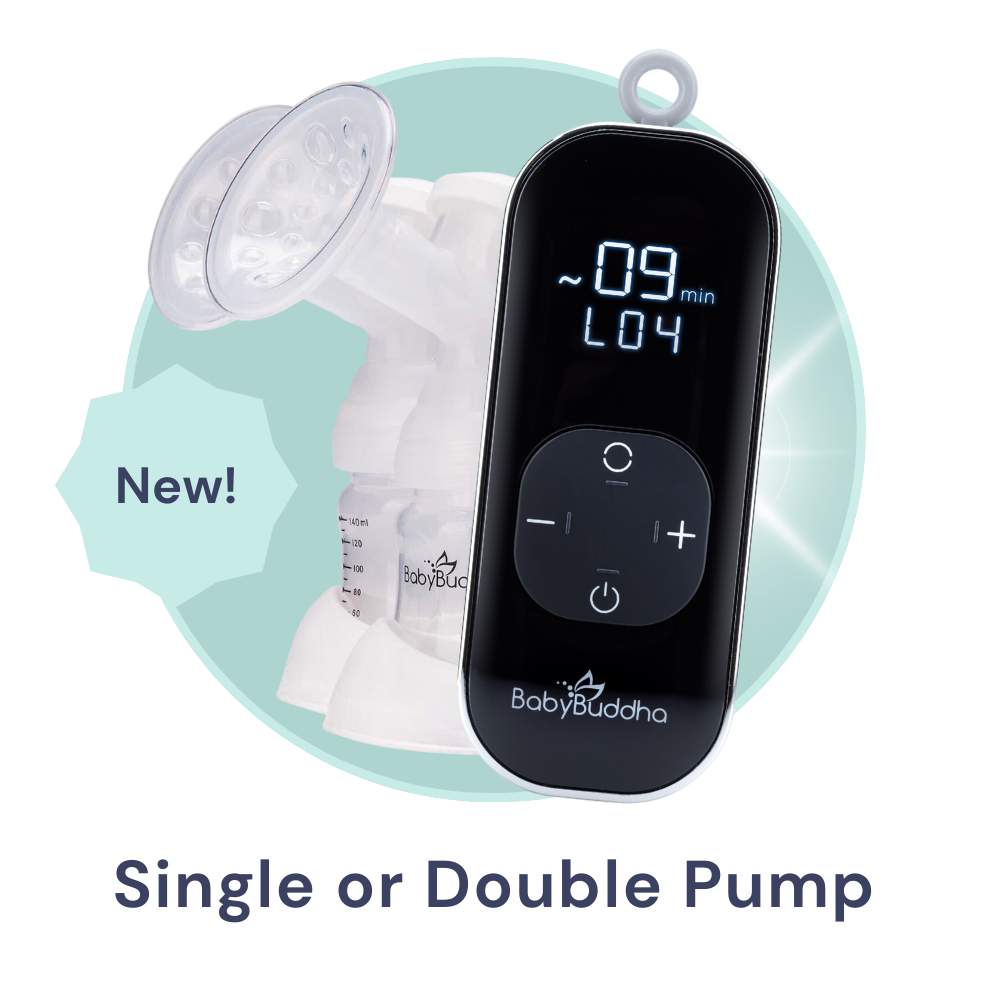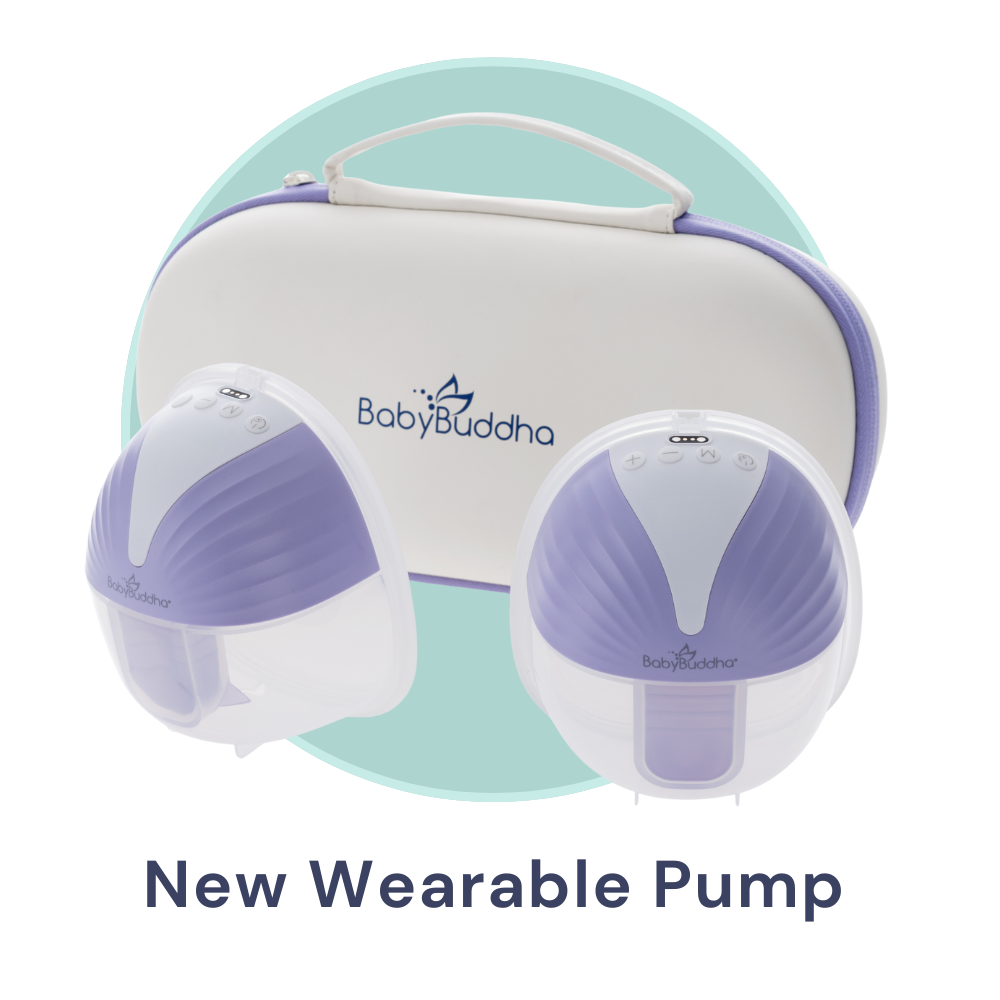Did you know that an estimated 85 percent of mothers pump some of the time? Whether this means breastfeeding and pumping or exclusively pumping, breast pumps are an important part of keeping your baby healthy and fed.
If you are new to pumping, you may be wondering, how do breast pumps work? Here is a brief guide about the types of breast pumps, how to use a breast pump, and how you can incorporate pumping into your lifestyle.
How Do Breast Pumps Work?
A breast pump uses a suction mechanism to express milk from your nipples and milk ducts. It mimics the act of breastfeeding and the breast milk goes into a bottle or bag that is directly connected to the breast pump.
If you have a premature baby or problems with latching, then a breast pump may be the ideal option if you want to feed your infant breast milk. You can also use a breast pump to supplement breastfeeding if you are not with your baby every time you need to express milk.
Types of Breast Pumps
Before you buy a breast pump, you need to make sure that you get the best breast pump for your needs and budget. A breast pump can be an expensive investment, but it will save you money in the long run as it is cheaper than baby formula.
Manual Breast Pumps
A manual breast pump is hand-operated, meaning that you squeeze the pump to extract milk from your breasts. You can only use it on one breast at a time, but one of the benefits is that you do not need batteries or an electric hookup to use the manual pump.
It is a good idea to keep a manual breast pump in your diaper or work bag so that you can use it on the go. Sometimes you may feel like you need to express milk to prevent discomfort or clogged ducts.
Electric Breast Pumps
Unlike a manual pump, electric breast pumps do much more of the work for you while you express milk. These types of pumps involve hooking the system up to one or both breasts before you begin pumping.
In order to let down your milk, sometimes experts advise that you think about your baby. Then, you can start out with the electric pump at the lowest intensity setting.
Use your best judgment when it comes to increasing the setting, as long as it does not hurt you to pump. Focus on your comfort first, rather than how much milk you will get out of an electric pumping session.
Portable Breast Pumps
One of the most innovative types of pumps that are relatively new to the market is the portable breast pump. These are popular for moms on the go or who do not have time to sit down and pump during the day.
Portable breast pumps are battery-operated and can be placed inside of your bra for long periods of time. Then, once they are full or you are ready to store your supply, you detach them and dump them into bags or bottles.
Although these types of pumps can save you time and energy, they do come at a higher price point. However, you may save money if you can operate them while doing your job, so you do not have to take time off of work to pump.
Create a Schedule
When you learn how to use a breast pump, it is imperative that you set aside time or have a pumping schedule. Your schedule will depend on factors such as your milk supply, how often your baby needs to eat, and other obligations you may have.
A good rule of thumb for a pumping schedule is to keep your pumping sessions similar to when your baby would eat. Try to have pumping sessions of at least 15 to 20 minutes so you collect enough milk.
If you are going to be away from your baby for more than four hours and you do not want to rely on formula, then you should pump. It may help to pump and refrigerate or freeze breastmilk so you always have a backup supply.
Ask for Accommodations
If you have a pumping schedule that you cannot compromise, you should talk to your workplace about making accommodations. For example, you can ask to go to a private room or area to pump when you need to, away from others.
The Department of Labor requires employers to give employees adequate time to pump during the workday. This law applies to companies with 50 or more employees. However, you can still bring it up when asking for adequate time to pump.
You should also keep a pumping setup at work if you can afford it. Under or around your desk or work area is a great place to store it and get it out for easy pumping.
Consult Your Pediatrician
For any questions or concerns about breast pumps, you should talk to your pediatrician. They can determine which is best for your needs as well as those of your baby.
You can also consult a lactation specialist if you are having trouble breastfeeding or pumping breast milk. A lactation consultant can give you advice on how to get your baby to latch or increase your supply using breast pumps.
Remember, breastfeeding and pumping are not for everyone and it can be difficult to adjust. Do not feel bad about supplementing with formula or having a tougher time with the transition than other moms.
Consider Pumping Your Breast Milk
If you want to breastfeed but you do not have the capacity for having your baby with you, then a breast pump can be a wonderful solution, With this guide, you should no longer have to ask yourself, "How do breast pumps work?"
Would you like to learn more about finding practical solutions to help you and your baby? Check out our site for recommendations, or contact us today with any questions you may have.








